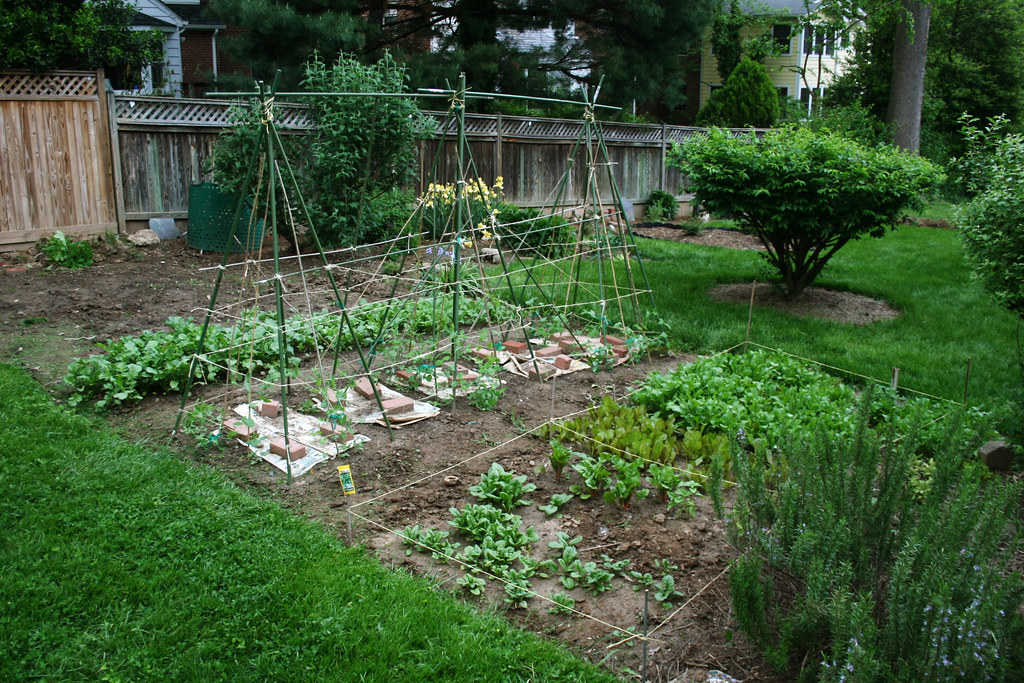Gardening with Spring Annuals in Alabama
Planting annual plants is a great way to bring color and vibrancy to your garden. But heading to the garden center can be a daunting experience. With so many types of plants, it takes time to know which ones are right for you and your needs. Whether you are a beginner or an experienced gardener, here is a guide to help you choose the best plants at your garden center.
The first step in choosing the best plants is knowing what climate zone your home is located in. Northern Alabama is zone 7, and Southern Alabama is zone 8, with parts of Mobile and Baldwin counties in zone 9. Different climates have different temperatures and moisture levels that affect how well certain plants will grow.

Shopping for the Right Plant
Once you know which type of plants are suitable for your climate, it’s time to start looking for healthy specimens at the garden center. When selecting a plant, check if it has healthy white roots and robust foliage growth; avoid plants with yellowing leaves or wilting stems, as they may already be diseased or stressed. Also, look for signs that pests may be infesting the plant.
Before bringing any plant home, it’s essential to understand its specific requirements to provide proper care once planted in your garden. For example, some plants require full sun while others prefer shade; some need more water than others while some tolerate drought better than most; some need regular fertilizing while others don’t require any additional nutrients at all—these are all factors that should be taken into consideration when selecting a plant from the garden center. Researching or talking with garden center staff will ensure you choose only those plants that fit your existing landscape and match your gardening style and skill level.
To Bloom or Not to Bloom is the Question
If you’ve ever gone to the nursery or garden center and seen the lush, vibrant blooms of plants that have already begun flowering, you may be tempted to buy those immediately. After all, who wouldn’t want a beautiful garden full of color? However, marketing has created a myth that blooming plants are better than plants that still need to bloom. And it couldn’t be further from the truth! Plants that have yet to begin blooming are better able to handle the stress of transplanting.
When you transplant a plant, it experiences physiological stress—it essentially goes into shock as it adjusts to its new environment. When a plant is experiencing stress, it takes energy away from processes like rooting, foliage growth, flowering, or fruit production. That means if you transplant a blooming plant, less energy will be available for root and foliage growth because so much was used to produce flowers. On the other hand, if you transplant a non-blooming plant, more of its energy can go into rooting and foliage growth before producing flowers.
Plants not yet in bloom offer numerous advantages over blooming plants when it comes to successful gardens—from less stress due to an abundance of energy available for root and foliage growth after transplanting to improved success rates due to reduced disease issues from stress. So next time you head out shopping for your garden or landscaping project, remember that although those beautiful blooms may look enticing, non-blooming plants can provide even greater success and blooming rewards down the road!
Adding Compost and Fertilizer to Improve Soil Quality
Have you ever noticed that some gardens are lush and vibrant while others look like barren wastelands? The difference is often due to the soil quality. Poor soil can lead to unhealthy plants, low yields, and discolored foliage. Fortunately, there’s an easy fix: composting or adding fertilizer. Let’s explore how these two methods can help improve your soil!
Composting breaks down organic matter, such as leaves and kitchen scraps, into a nutrient-rich soil amendment. It’s easy to add beneficial bacteria and nutrients to your garden without spending money on costly fertilizers or additives. Compost also helps improve the structure of your soil by increasing its water-holding capacity. Not only will this make your plants healthier, but it will also help reduce water waste! Additionally, composting is incredibly easy—all you need is a large container (or even just a pile) and some kitchen scraps or yard clippings.
Fertilizer is another excellent way to amend your soil. Unlike composting, which relies on bacteria and fungi to break down materials over time, fertilizer directly adds nutrients to the soil through nitrogen, phosphorus, potassium, and other micronutrients. Applying fertilizer regularly can provide a quick boost of nutrition for your plants and encourage growth. However, it’s important not to overdo it; too much fertilizer can burn plants or cause them to become leggy due to excessive phosphorus levels.
Whether you choose composting or fertilizing (or both!), improving the quality of your soil with either method will result in healthier plants that yield greater harvests than before. By taking the time to amend your soil now with either compost or fertilizer, you’ll enjoy a more bountiful garden for years to come! Whether you’re a beginner gardener looking for tips on getting started or an experienced green thumb looking for ways to optimize your current gardening efforts, adding compost or fertilizer should be high on the list of things you do!
Deadhead Flowers for Continuous Blooms
Did you know deadheading flowers can help keep your garden healthy and vibrant? Deadheading is the process of removing spent blooms from plants to encourage new growth. It’s an essential yet simple gardening task that can significantly impact your garden’s appearance.
Deadheading flowers can help promote new growth, create fuller plants with more blooms, and improve overall plant health. When you deadhead a flower, it redirects nutrients back into the plant instead of allowing them to be used in the development of seeds. This means that energy is directed towards creating more blooms and foliage. Additionally, by removing spent flowers, you are reducing the chances of disease.
Start by snipping off any wilted or brown flowers near the base of the flower with sharp scissors or pruners. Be sure to cut only a little into unopened buds, or plant stems. Once all the old flowers have been removed, take a few steps back and check if any more faded blooms need removing before moving on to another plant in your garden!
Deadheading spent flowers is essential for keeping your garden looking vibrant and healthy throughout the growing season. By removing spent blossoms from plants as soon as they begin to fade, you can promote new growth and enjoy longer-lasting blooms in your garden!
Following these tips can help ensure your spring annuals have the best chance for survival and can put on a show all season long!
